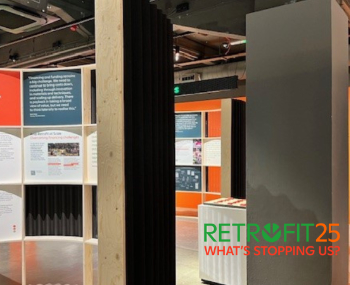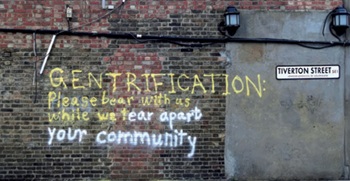The use of concrete structures to protect construction sites
To help develop this article, click 'Edit this article' above.
Contents |
[edit] Introduction
Once widely used in the Roman Empire, concrete has created some of the largest structures still standing today, such as the Pantheon and the Colosseum in Rome and more recently the Hoover Dam on the border between Arizona and Nevada in the USA.
Following the collapse of the Roman Empire, concrete was slowly phased out as a building material until its comeback in the middle of the 18th century. Nowadays it is a staple construction material and is one of the most widely used man-made materials throughout the modern world.
However concrete is not just useful as a building material for large scale projects. Concrete has a wide range of uses and because of its high density it can often be used as a security measure to deter trespassers, prevent people from breaking and entering and more. This makes it incredibly useful for building sites where the project has been briefly delayed for a few weeks or months and security measures need to be put in place to prevent intrusion, vandalism or theft.
We show three examples of concrete structures which can be used to great effect when renovating a building or conducting planned building or demolition works.
[edit] Concrete paving slabs
When working in damp or muddy conditions, thick sludge and mucky earth can hinder construction progress. Concrete paving slabs provide a stable and secure platform upon which construction workers can progress with construction. They are durable, hard wearing and resistant to the elements, making them ideal for long-term construction projects or projects working in the open air. Concrete paving slabs come in a variety of colours and sizes. In some cases it is a good idea to choose a brighter colour as it is easier to spot in harsh weather.
[edit] Concrete security planters
A great and subtle way to increase security is to decorate the exterior of the building with concrete security planters. A concrete basin is placed outside the building that is made of 2/3rds concrete, 1/3rd earth and soil. This can then be planted, giving the illusion that it is only there to provide foliage and a pleasant atmosphere. However the concrete acts as a fantastic security barrier as it prevents vehicles from parking and works as a physical barrier if intruders want to try to force their way in using heavy machinery.
[edit] Concrete barriers
Often the classical method of security is the most popular, and temporary concrete vertical barriers do an excellent job of keeping trespassers out. Their large bulk and variety of sizes prevents vehicles from entering a building site and because of their weight they can easily cordon off sections of the site to prevent access.
It is important to be aware that a construction site may be perfectly secure during the day; however safety and security measures must be put in place when the employees and construction workers sign off for the day, otherwise the building may be target for vandalism or theft. Concrete barriers and security planters deter this so that construction can go ahead as planned.
Featured articles and news
OpenUSD possibilities: Look before you leap
Being ready for the OpenUSD solutions set to transform architecture and design.
Global Asbestos Awareness Week 2025
Highlighting the continuing threat to trades persons.
The context, schemes, standards, roles and relevance of the Building Safety Act.
Retrofit 25 – What's Stopping Us?
Exhibition Opens at The Building Centre.
Types of work to existing buildings
A simple circular economy wiki breakdown with further links.
A threat to the creativity that makes London special.
How can digital twins boost profitability within construction?
The smart construction dashboard, as-built data and site changes forming an accurate digital twin.
Unlocking surplus public defence land and more to speed up the delivery of housing.
The Planning and Infrastructure Bill
An outline of the bill with a mix of reactions on potential impacts from IHBC, CIEEM, CIC, ACE and EIC.
Farnborough College Unveils its Half-house for Sustainable Construction Training.
Spring Statement 2025 with reactions from industry
Confirming previously announced funding, and welfare changes amid adjusted growth forecast.
Scottish Government responds to Grenfell report
As fund for unsafe cladding assessments is launched.
CLC and BSR process map for HRB approvals
One of the initial outputs of their weekly BSR meetings.
Building Safety Levy technical consultation response
Details of the planned levy now due in 2026.
Great British Energy install solar on school and NHS sites
200 schools and 200 NHS sites to get solar systems, as first project of the newly formed government initiative.
600 million for 60,000 more skilled construction workers
Announced by Treasury ahead of the Spring Statement.
























